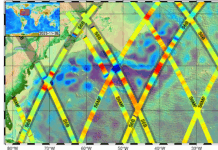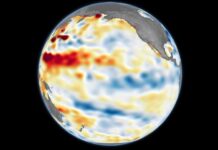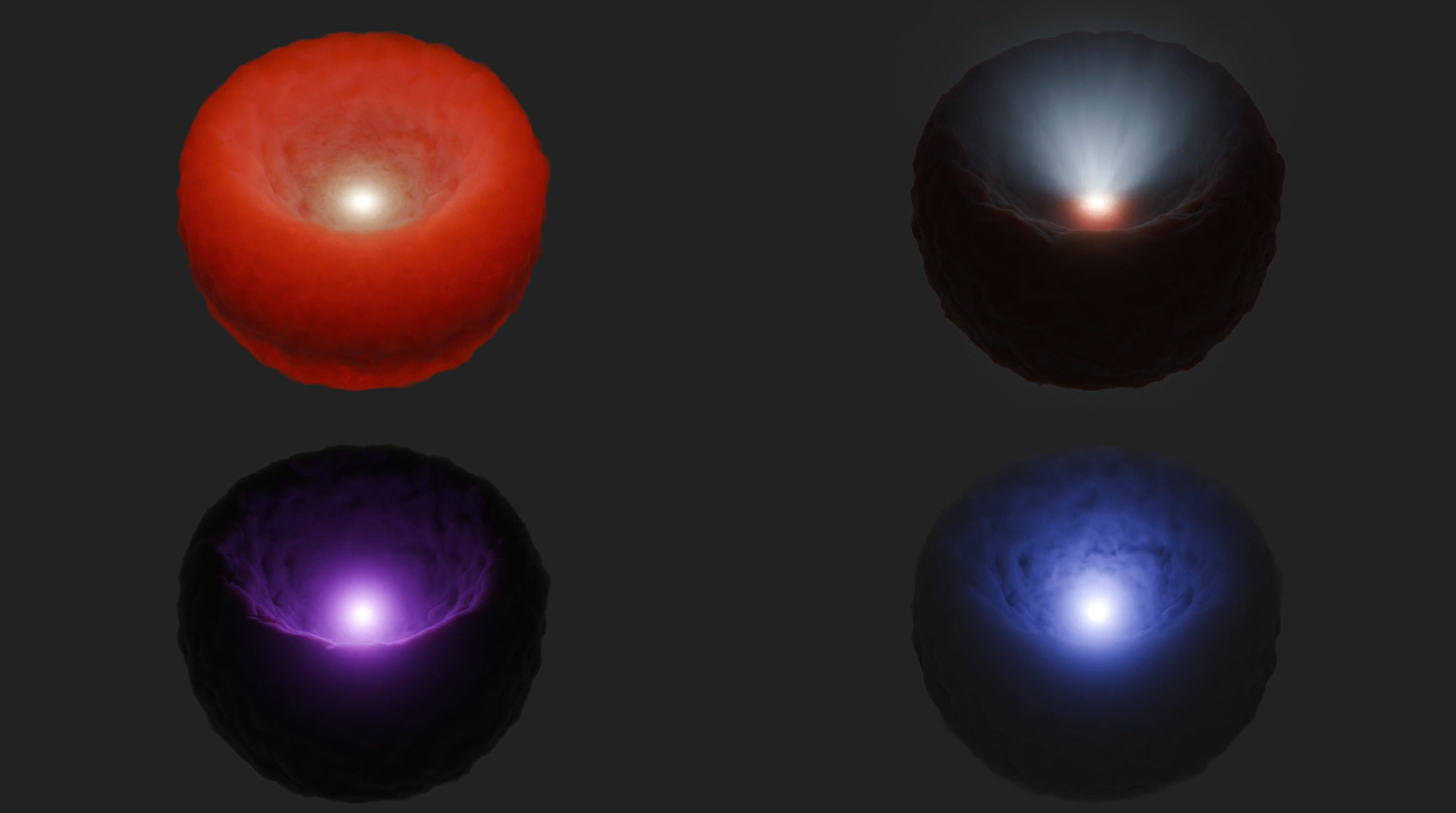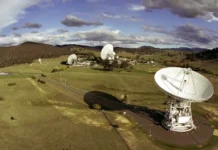Unveiling the Universe’s Hidden Giants: A Groundbreaking Study on Supermassive Black Holes
In a remarkable endeavor to uncover the universe’s most colossal and enigmatic entities, scientists have embarked on a mission to better estimate the ratio of hidden to visible supermassive black holes. This colossal task has been aided by multiple NASA telescopes, leading to groundbreaking insights into these cosmic behemoths.
Understanding Supermassive Black Holes
Supermassive black holes are monstrous objects that can be billions of times heavier than our Sun. They are thought to reside at the centers of most large galaxies, including our own Milky Way. However, detecting these celestial giants is no easy feat. The vast number of supermassive black holes in the universe makes it impossible to count them individually. Instead, scientists must rely on smaller samples and extrapolate data to understand the broader cosmic landscape.
The Importance of Hidden Black Holes
One key aspect of this research is determining the number of supermassive black holes that are concealed behind thick clouds of gas and dust. These hidden black holes are crucial for scientists as they provide valuable insights into the overall population of these entities in the universe. By accurately measuring the ratio of obscured supermassive black holes, researchers can refine their estimates of the total number of these cosmic giants.
A Novel Approach to Detecting Black Holes
The recent study, published in the Astrophysical Journal, has revealed that approximately 35% of supermassive black holes are heavily obscured. This means that the surrounding clouds of gas and dust are so dense that they block even low-energy X-ray light. Previous studies had suggested that less than 15% of these black holes were similarly obscured. However, theoretical models of galaxy growth imply that the actual figure should be closer to a 50/50 split between hidden and visible black holes. If future observations continue to show fewer obscured black holes, scientists may need to rethink their theories about black holes and their influence on galaxy formation.
The Dual Nature of Black Holes
Black holes, by their nature, are dark and do not emit light. However, when gas is drawn into their gravitational pull, it can heat up to extreme temperatures, causing it to radiate brightly. This phenomenon occurs as the gas spirals around the black hole, similar to water swirling down a drain. The resulting heat can cause the gas to shine more brightly than all the stars in the surrounding galaxy. The doughnut-shaped clouds of gas and dust that envelop the black hole’s bright central disk play a significant role in whether these objects are visible from Earth.
Using Infrared Light to See the Unseen
Traditionally, telescopes can easily spot face-on black holes, but edge-on ones remain elusive. However, the torus of gas and dust surrounding a black hole absorbs light and re-emits it as lower-energy infrared light, which is slightly longer in wavelength than what the human eye can detect. This re-emitted light allows astronomers to detect these hidden giants.
NASA’s Infrared Astronomical Satellite (IRAS) was instrumental in this discovery. Although it operated for only ten months in 1983, IRAS was able to survey the entire sky and detect the infrared emissions from the clouds surrounding supermassive black holes. This capability allowed IRAS to detect both edge-on and face-on black holes with equal proficiency.
Refining the Search with Advanced Technology
IRAS initially identified hundreds of potential targets, some of which turned out to be galaxies with high rates of star formation, emitting a similar infrared glow to hidden black holes. To distinguish between these galaxies and true obscured black holes, researchers used visible-light telescopes from the ground.
For further confirmation, the team employed NASA’s NuSTAR (Nuclear Spectroscopic Telescope Array), an X-ray observatory. NuSTAR specializes in detecting high-energy X-rays that can penetrate the dense clouds surrounding a black hole. This capability is crucial because lower-energy X-rays are absorbed by these clouds. However, detecting these X-rays can take hours of observation, making it essential to first locate promising targets with IRAS.
The Legacy of IRAS and NuSTAR
Peter Boorman, an astrophysicist at Caltech and the lead author of the study, expressed amazement at the utility of IRAS and NuSTAR for this project, despite IRAS’s operational status over four decades ago. The research highlights the enduring value of telescope archives and the benefits of using multiple instruments and wavelengths of light in tandem.
Implications for Galaxy Formation
Understanding the ratio of hidden to visible black holes is not merely an academic exercise. It has profound implications for our understanding of how black holes grow and influence the galaxies they inhabit. If black holes amass their colossal size by consuming surrounding material, a significant number should be enveloped in thick clouds and potentially obscured. Boorman and his colleagues believe their findings support this hypothesis.
Black holes play a critical role in shaping galaxies by affecting how they grow. For instance, a black hole surrounded by massive clouds of gas and dust can consume vast amounts of material. However, if too much material is drawn in at once, the black hole expels the excess back into the galaxy. This process can disrupt star formation by dispersing gas clouds, ultimately slowing the rate at which new stars are born.
The Astounding Influence of Black Holes
Professor Poshak Gandhi, an astrophysicist at the University of Southampton and a coauthor of the study, remarked on the significant impact black holes have on galaxies. Without supermassive black holes, galaxies could be much larger, with more stars. In our own Milky Way, the presence of a supermassive black hole might mean there are fewer stars than there otherwise would be. This illustrates the profound influence these cosmic giants have on the evolution of galaxies.
The Collaborative Effort Behind NuSTAR
NuSTAR is a Small Explorer mission led by Caltech and managed by NASA’s Jet Propulsion Laboratory (JPL) in Southern California, in collaboration with the Danish Technical University and the Italian Space Agency (ASI). The spacecraft was constructed by Orbital Sciences Corp. in Dulles, Virginia. Mission operations are conducted at the University of California, Berkeley, with the official data archive housed at NASA’s High Energy Astrophysics Science Archive Research Center at the Goddard Space Flight Center. ASI provides the mission’s ground station and a mirror data archive. Caltech manages JPL for NASA.
For more detailed information on this mission, visit NuSTAR’s official website.
This pioneering study not only advances our understanding of supermassive black holes but also underscores the significance of using a multi-faceted approach to explore the universe’s most mysterious objects. As technology and methodologies continue to evolve, the quest to unlock the secrets of these cosmic behemoths will undoubtedly yield even more extraordinary discoveries.
For more Information, Refer to this article.


































